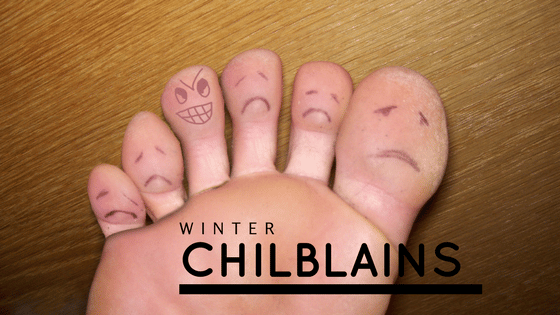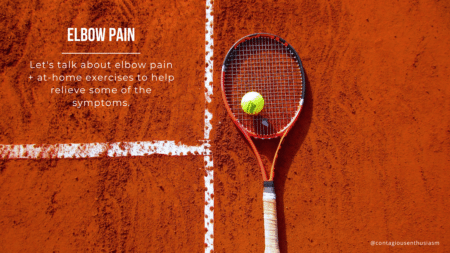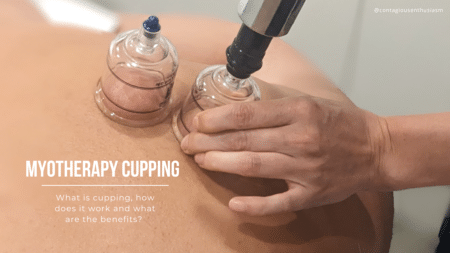Chilblains this Winter

We are in for a cold winter this year and if it anything like the past winters it will mean lots of clients presenting to my podiatry rooms with tender, swollen, purple and red spots on their toes.
This is why I thought it would be a great time to recap on our prevention and management guidelines for chilblains.
So here goes….
Chilblains can present as itchy, tender red and purple swellings found on the extremities of the body, in response to cold. It is commonly found on the tips of the nose, ears lobes, tips of fingers, toes and over bunions.
It is more common in the very young, or the elderly who have poor circulation, and if left untreated may ulcerate.
Causes of Chilblains:
Hereditary.
Peripheral vascular disease (poor circulation).
Smoking.
Poor nutrition.
Hormonal changes.
Certain connective tissue and bone marrow diseases.
Symptoms of Chilblains:
Purple, red or white patches at the end of your toes, but can also occur on the tips of your fingers, nose and ears.
Burning or itching pain on the tips of your toes.
Skin and tissue breakdown may occur if severe.
Symptoms described may become worse with direct exposure to heat.
Prevention of Chilblains:
Prevention is the most effective method, as chilblains generally respond poorly to treatment. Therefore it is important not to let your feet become too cold by:
Wearing warm woollen socks and sheep skin uggboots or slippers in winter.
If feet become cold, warm them up slowly.
DO NOT put feet into hot water or in front of a heater, as this will increase the pooling of blood in the tips of the toes and increase pain.
Do not smoke.
Treatment for Chilblains:
Topical steroid creams.
Hirudoid cream to dilate the blood vessels.
Vasodilator medication if the condition is recurrent and extreme.
Antibiotic therapy if the skin is broken and infection is evident.
Keeping feet warm and elevated if swelling is evident.
Gentle massage to the area with peppermint or mint based creams if skin remains intact.
Well Heeled Podiatry will assess your circulation and educate you on the prevention of chilblains, along with some simple treatment and advice to make winter a season not to be resented.





